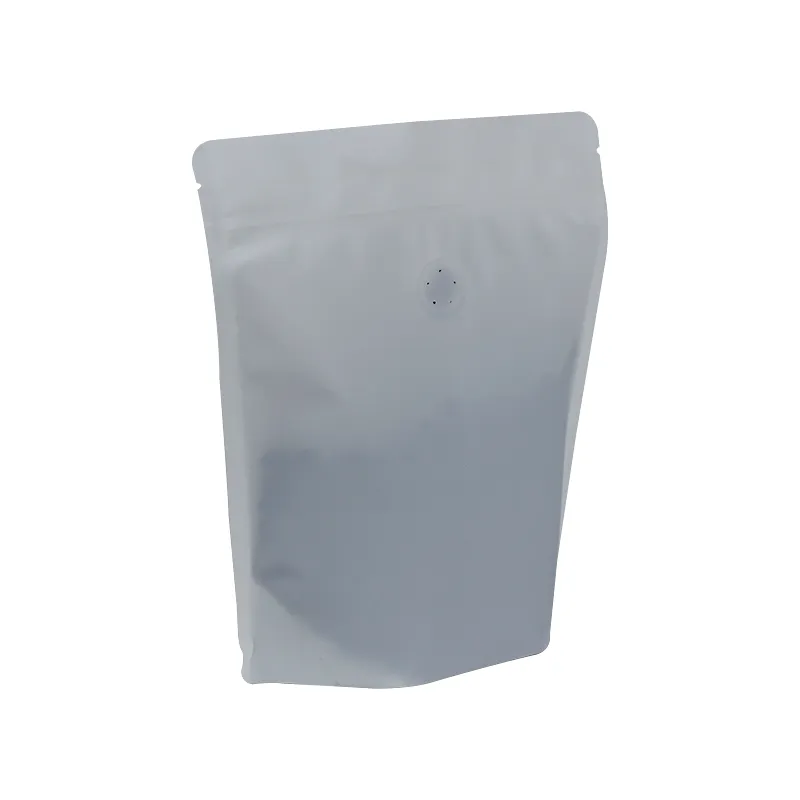- Afrikaans
- Albanian
- Amharic
- Arabic
- Armenian
- Azerbaijani
- Basque
- Belarusian
- Bengali
- Bosnian
- Bulgarian
- Catalan
- Cebuano
- chinese_simplified
- chinese_traditional
- Corsican
- Croatian
- Czech
- Danish
- Dutch
- English
- Esperanto
- Estonian
- Finnish
- French
- Frisian
- Galician
- Georgian
- German
- Greek
- Gujarati
- haitian_creole
- hausa
- hawaiian
- Hebrew
- Hindi
- Miao
- Hungarian
- Icelandic
- igbo
- Indonesian
- irish
- Italian
- Japanese
- Javanese
- Kannada
- kazakh
- Khmer
- Rwandese
- Korean
- Kurdish
- Kyrgyz
- Lao
- Latin
- Latvian
- Lithuanian
- Luxembourgish
- Macedonian
- Malgashi
- Malay
- Malayalam
- Maltese
- Maori
- Marathi
- Mongolian
- Myanmar
- Nepali
- Norwegian
- Norwegian
- Occitan
- Pashto
- Persian
- Polish
- Portuguese
- Punjabi
- Romanian
- Russian
- Samoan
- scottish-gaelic
- Serbian
- Sesotho
- Shona
- Sindhi
- Sinhala
- Slovak
- Slovenian
- Somali
- Spanish
- Sundanese
- Swahili
- Swedish
- Tagalog
- Tajik
- Tamil
- Tatar
- Telugu
- Thai
- Turkish
- Turkmen
- Ukrainian
- Urdu
- Uighur
- Uzbek
- Vietnamese
- Welsh
- Bantu
- Yiddish
- Yoruba
- Zulu
Exploring the Vibrancy of Pantone Metallics for Stunning Design Inspiration
Understanding Pantone Metallics A Study on Color and Design
Color plays a pivotal role in branding, design, and communication, serving as a powerful tool that can evoke emotions, convey messages, and create identities. Among the various color systems, Pantone has distinguished itself as a leader through its innovative range of colors, particularly the Pantone Metallics collection. This series is not only visually striking but also rich in meaning and application, making it a topic worthy of exploration for designers, marketers, and artists.
What Are Pantone Metallics?
Pantone Metallics are a range of colors that feature a shiny, metallic finish. The collection includes a variety of shades, from rich golds and silvers to bold blues and greens. Each color is specifically designed to mimic the appearance of metals, offering a unique visual effect that standard inks can’t match. These colors are ideal for applications where a premium feel is desired, such as in luxury packaging, high-end branding, and special edition products.
The Importance of Color in Design
Color psychology is an essential component of effective design and marketing. Different colors invoke different emotions and reactions. For example, gold often symbolizes luxury, wealth, and success, while silver can represent sophistication and modernity. By incorporating Pantone Metallics, designers have the opportunity to amplify these meanings through the rich, reflective qualities of metallic inks.
Using Pantone Metallics can significantly enhance the perception of a product. For instance, a chocolate brand can utilize rich bronze or copper tones to evoke a sense of artisanal quality, while a tech company might employ sleek silver to reflect innovation and cutting-edge technology. The choice of metallic shades can profoundly affect consumer perception and engagement.
Applications of Pantone Metallics
pantone metallics

Pantone Metallics find their utility in various fields. In the world of fashion, metallic hues are often used in textiles to create striking, eye-catching garments that stand out on the runway or retail floor. In graphic design, these colors can turn a simple business card into a memorable piece that resonates with potential clients. Packaging design is another area where metallics shine; a product encased in metallic hues can directly influence a customer's buying decision, suggesting higher quality or exclusivity.
Moreover, the digital world has seen the incorporation of metallic colors in web design and digital art. Although the challenge of replicating true metallic finishes in digital formats exists, designers use gradients and textures to create the illusion of metallic sheen, bringing a level of sophistication to their work.
The Durability of Metallics
One of the challenges with metallic inks is their application and durability. Unlike standard inks, metallic inks can behave differently when printed; they may require specific printing techniques such as offset printing or screen printing. Additionally, designers need to consider how these inks respond to various substrates, as the surface can dramatically affect the final look of the color.
However, when applied correctly, Pantone Metallics can enhance not only the aesthetic appeal of a product but also its overall durability. Many metallic finishes are resistant to fading, allowing colors to maintain their vibrancy over time, which is particularly important for products that are displayed in sunlight or high-traffic areas.
Conclusion
The Pantone Metallics collection represents a unique blend of artistry and practical application. By understanding and utilizing this powerful color system, designers can elevate their work, creating pieces that not only look stunning but also resonate with their intended audience. In an era where first impressions are crucial, Pantone Metallics provide an edge that can capture attention and convey a message of quality, luxury, and distinction.













